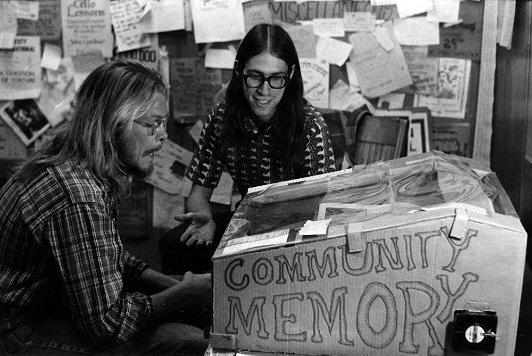The opening of Seth Fletcher’s Scientific American article about Big Data entering the classroom, managing an overflow of students and replacing lecturers:
“When Arnecia Hawkins enrolled at Arizona State University last fall, she did not realize she was volunteering as a test subject in an experimental reinvention of American higher education. Yet here she was, near the end of her spring semester, learning math from a machine. In a well-appointed computer lab in Tempe, on Arizona State’s desert resort of a campus, she and a sophomore named Jessica were practicing calculating annuities. Through a software dashboard, they could click and scroll among videos, text, quizzes and practice problems at their own pace. As they worked, their answers, along with reams of data on the ways in which they arrived at those answers, were beamed to distant servers. Predictive algorithms developed by a team of data scientists compared their stats with data gathered from tens of thousands of other students, looking for clues as to what Hawkins was learning, what she was struggling with, what she should learn next and how, exactly, she should learn it.
Having a computer for an instructor was a change for Hawkins. ‘I’m not gonna lie—at first I was really annoyed with it,’ she says. The arrangement was a switch for her professor, too. David Heckman, a mathematician, was accustomed to lecturing to the class, but he had to take on the role of a roving mentor, responding to raised hands and coaching students when they got stumped. Soon, though, both began to see some benefits. Hawkins liked the self-pacing, which allowed her to work ahead on her own time, either from her laptop or from the computer lab. For Heckman, the program allowed him to more easily track his students’ performance. He could open a dashboard that told him, in granular detail, how each student was doing—not only who was on track and who was not but who was working on any given concept. Heckman says he likes lecturing better, but he seems to be adjusting. One definite perk for instuctors: the software does most of the grading for them.
At the end of the term, Hawkins will have completed the last college math class she will probably ever have to take. She will think back on this data-driven course model—so new and controversial right now—as the ‘normal’ college experience. ‘Do we even have regular math classes here?’ she asks.”
Tags: Seth Fletcher

